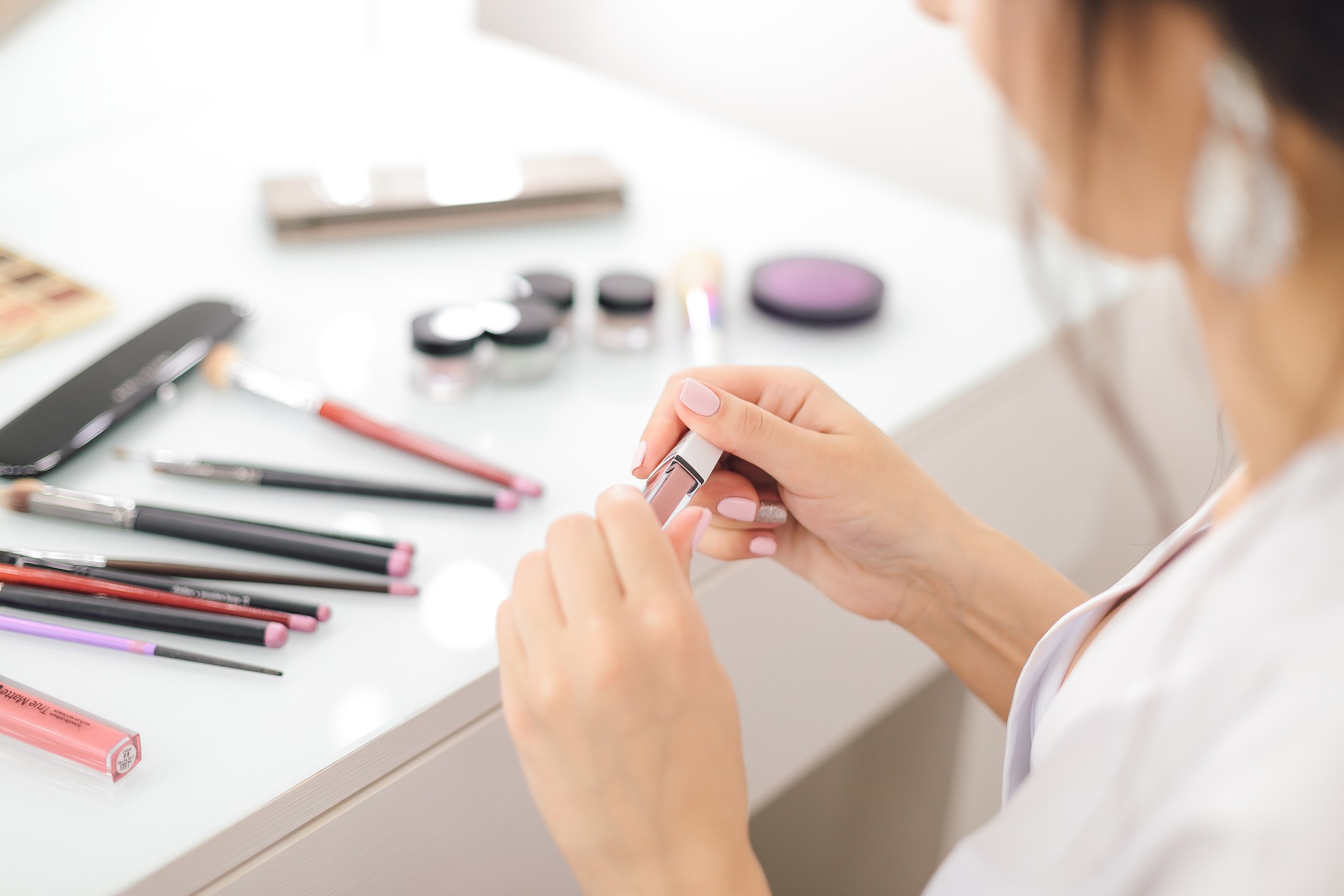Snapchat & Instagram face filters are all the rage these days but are they causing more bad than good in professional headshots?
As someone who specializes in professional headshots, it’s my job to coach and direct my clients in a way that is flattering to their body shape while getting them to smile in a way that doesn’t look forced and over-practiced. Accomplish this and we have an amazing headshot… But not so fast! Even after nailing a great shot, I still have clients tell me that they don’t like the picture. When I ask them what they don’t like about the picture, they’ll say things like, “I don’t like my nose” or ” “I don’t like my chin”. They rarely mention something that I did…
People, more than ever, hate the way they look. And, it’s not just women. Even men tell me something that they don’t like about their faces. It’s quite alarming. I recently read an article by Georgia Aspinall about how Men are getting Botox at a much higher rate than ever before.
Professional Headshots don’t need filters
These face-altering filters allow people to slim their noses or add fillers to their lips. They can change their eye shape, alter their makeup, and even look slimmer. How is a photographer supposed to compete with that? More importantly, how can anyone accept who they are in real life if every picture has a fake, face-altering filter applied to it?
As a professional headshot photographer, it’s my job to capture the best version of my clients. However, that task is becoming more and more difficult as these face-altering filters continue to alter reality for so many. Imagine walking into a meeting or interview and introducing yourself to someone who looks completely different than their headshot on Linkedin. Awkward… But, that’s where we’re headed if we don’t stop using these gimmicky filters and begin loving the skin we’re in.
We’re all unique individuals. Embracing our unique qualities is what builds character. The more we begin to accept the person in the mirror, the better off we will be.
Want to dive deeper into the topic? Check out the article by Georgia Aspinall.



